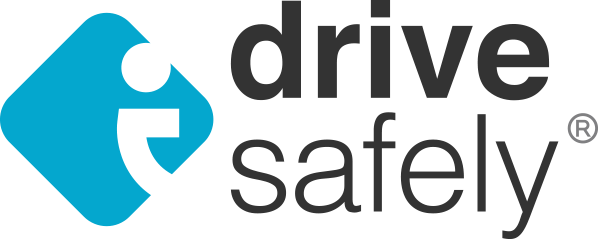Animations and graphics make learning fun Maryland Drivers Education Online
You’ve waited so long for that shining moment to get in the driver’s seat and move into another important phase of your life. All it takes is some commitment on your end and before you know it, you’ll be driving off into your future. Thankfully, the tools and tips we offer as part of our Maryland supplemental drivers ed program are developed to ensure your success. The best part? You can take it online—at your own pace, and on any mobile device. Please note: This course is supplemental training only and does not qualify as state-mandated drivers education.
Get Started with a Maryland Drivers Permit
Having a Maryland learners permit is a key part of getting your license. Known as the Rookie Driver Program, the state set it up as graduated steps with a total of three to keep in mind. And the program is a must for anyone who has never had a license in any state or country, regardless of their age. Even if you got a license in another state, the program’s still a requirement if you’ve had your license less than 18 months. What’s more, you’re required to show up at the MVA office when you’re eligible to get your learners permit, provisional license, and full license.
The 2 types of learners permits include:
- Permit 1: For applicants who've never held any type of drivers license.
- Must at least be 15 years and 9 months old
- It’s valid for one year from the date it’s issued
- You must hold it for at least nine months
- If you’re 18 or younger, a parent/guardian must co-sign your application
- Permit 2: For applicants who had a license in the past and want to apply for another class of license.
- Must be at least 16 years and one month old
- It’s valid for six months from the date it’s issued
- You must hold it for at least 14 days
- If you’re 18 or younger, a parent/guardian must co-sign your application
To get your learners permit, the following also apply. You must:
- Provide a birth certificate to the examiner
- Pass the eye exam
- Prove you can tell the difference between certain road signs and pavement markings
- Pass a written Maryland permit test with a score of 80% or better
- Fill out a school attendance certification form (usually with the help of a school official). Talk to a registered coordinator in your area if you are homeschooled.
The next step is enrolling in a state-approved Maryland MVA drivers ed course. (Please note: This course is not a state-approved drivers ed course.) It’s up to you if you decide to take this course at your high school, but doing it online is often a much better option! Prepare to spend 30 hours taking the actual course while initial behind-the-wheel training consists of 6 hours. On top of that, you must spend 60 hours while driving under the supervision of a parent or guardian, and 10 of those hours must be logged while driving at night. Keep in mind you can only drive a vehicle with someone 21 or older who’s had a license for at least three years and who’s sitting in the passenger seat.
Put the Power of a Provisional Drivers License in the Palm of Your Hand
Next on your list of to-do’s is getting your provisional license. It’s almost the same as having a regular license since you can drive without supervision, but there are still a few requirements and restrictions. Requirements for your provisional license include:
- You must be at least age 16 ½ years old
- You must have had your learners permit for a minimum of nine months
- You must provide proof that you’ve completed a state-approved drivers ed program (this course does not qualify)
- You must provide a complete practice log that’s been signed by a parent / guardian
- You must pass the driving test
Restrictions to your provisional license include:
- Non-supervised driving may only occur between the hours of 5 a.m. and midnight (hours can be extended for work, school or other adequate reasons)
- For the first five months, you must not drive with anyone under 18 (siblings not included)
Keep in mind that if you do not abide by these rules, you will have to start your provisional driving period all over again. And keep that cell phone out of your hands—the risks just aren’t worth it. What’s more, this is a great time to get in a little extra parent-taught drivers ed from your folks. Taking tips from experienced drivers only makes it easier to become a better driver yourself.
Fast Lane Your Full License
Once you’ve reached this step of earning your unobstructed license, you’re well on your way to taking on a lot more responsibility. You must:
- Be 18 years or older
- Have had your provisional license for at least 18 months and not had any violations
The MVA will mail you a certificate that shows you now have a full license. So carry this document along with you as well as your provisional license while driving. You’ll get a new full license once it’s time to renew.
What you learn from drivers ed lasts a lifetime. It’s more than just a requirement—you’ll learn techniques and defensive driving skills that will shape you into life-long safe driver. Treat it as such and you’ll become a role model safe driver!








